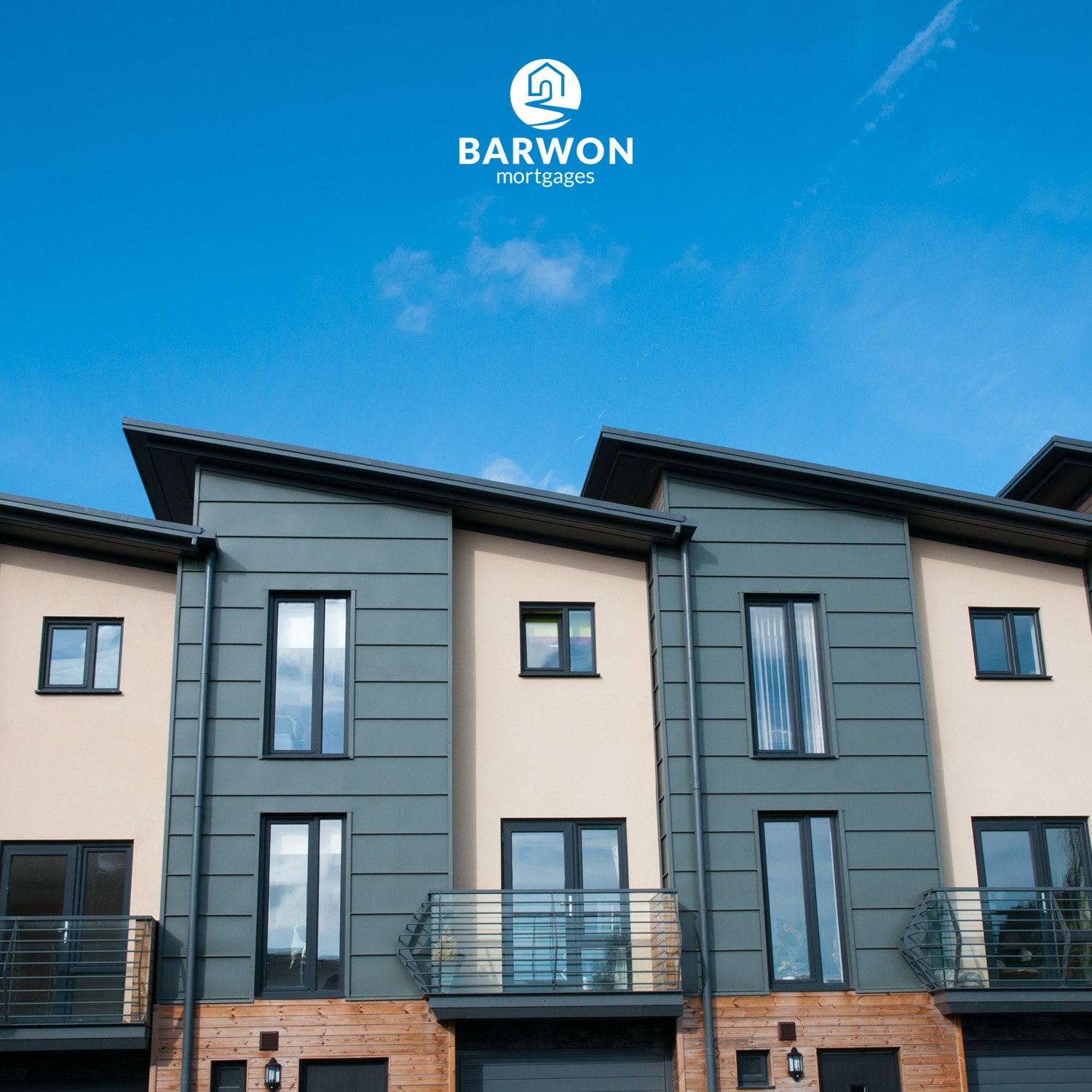How To Build Your Property Portfolio
Building a property portfolio can seem daunting, but with the right preparation, it may be easier than you think. Property investment can be a very effective way of building wealth and achieving long-term financial goals. Here are some tips that could assist you in breaking into the property market and making a start on building your property portfolio.
Set your goal
In the long run, what does your ideal property portfolio look like? One house? Five houses? 10 houses? Perhaps you want passive income of $2,000 a week? Or a yearly amount you would like to live on after retirement.
Setting this goal will help you determine how many properties you will need to generate this income, depending on price point and rental income.
Work on a strategy
There can be many different strategies you can utilise when building your property portfolio. Speaking to your financial advisor or accountant can help you understand what the right strategy is for you based on your finances and goals.
Rental yield vs capital growth
Depending on your goals, you may favour rental yield or capital growth.
Rental yield
Gross rental income is your annual rental income divided by property value, multiplied by 100.
Net rental income is your total income, minus any expenses, expressed as a percentage of the purchase price.
Achieving both a solid capital growth and high rental income can be quite difficult, which is why investors tend to favour one or the other.
One investment strategy is to build a portfolio with certain properties that deliver rental yields, and some aimed at capital returns.
Positive gearing vs negative gearing explained
Positive gearing is when your gross rental income is greater than your expenses associated with owning the property, so your property is generating a positive cash flow.
Negative gearing is when the rental income is less than your expenses associated with owning the property. One of the advantages of negative gearing is that you can offset your losses against your salary, and therefor reducing the amount of tax you will pay.
Getting your finances in order
Once you have decided on your investment strategy, speak to us to about your potential borrowing power and how to fund your investment property.
You may have available equity in your current property, or you may have a deposit saved up to put towards your new purchase.
Finding the right property
Your investment strategy and what your goals are will impact what and where you buy. Doing research to ensure you are looking in the right location is also very important.
If capital growth is your goal, consider suburbs that will appeal to a larger demographic, including properties that have plenty of schools, public transport, and shopping centres.
If rental yield is your goal, consider looking for properties with larger rental returns, including the top 10 highest rental yield suburbs per state/territory, this can be found on CoreLogic’s best performers for 2021.
Diversification
Diversification is the practice of spreading your investments around to mitigate loss. This could mean investing in different geographical markets, investment strategies and property types. Keeping diversification in mind when building your property portfolio can be very beneficial.
Get in touch
Get in touch with us at Barwon Mortgages today to discuss how and when you would like to start building your property portfolio.

